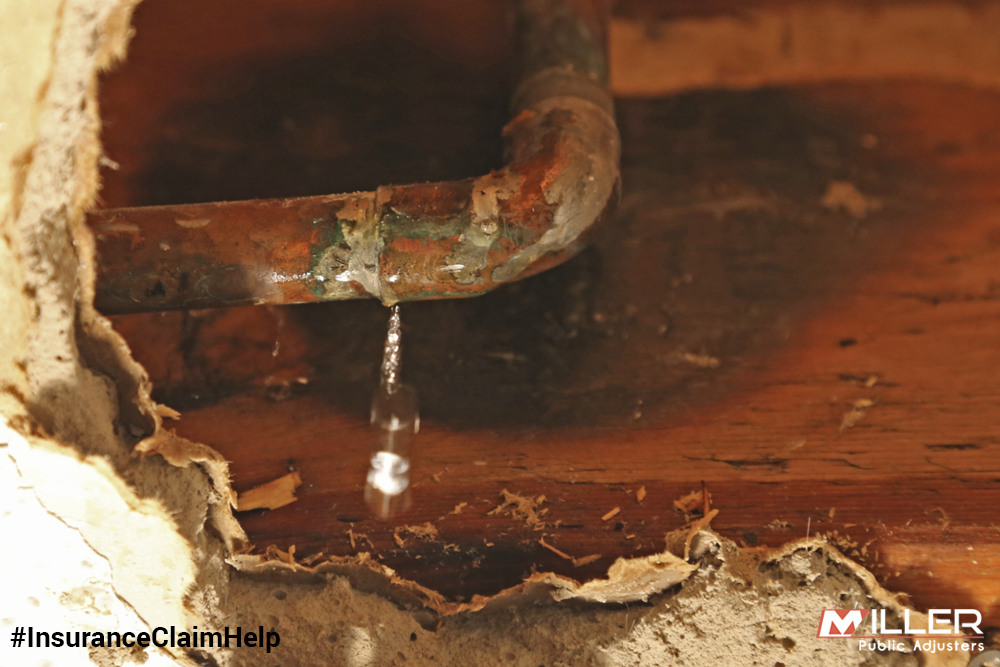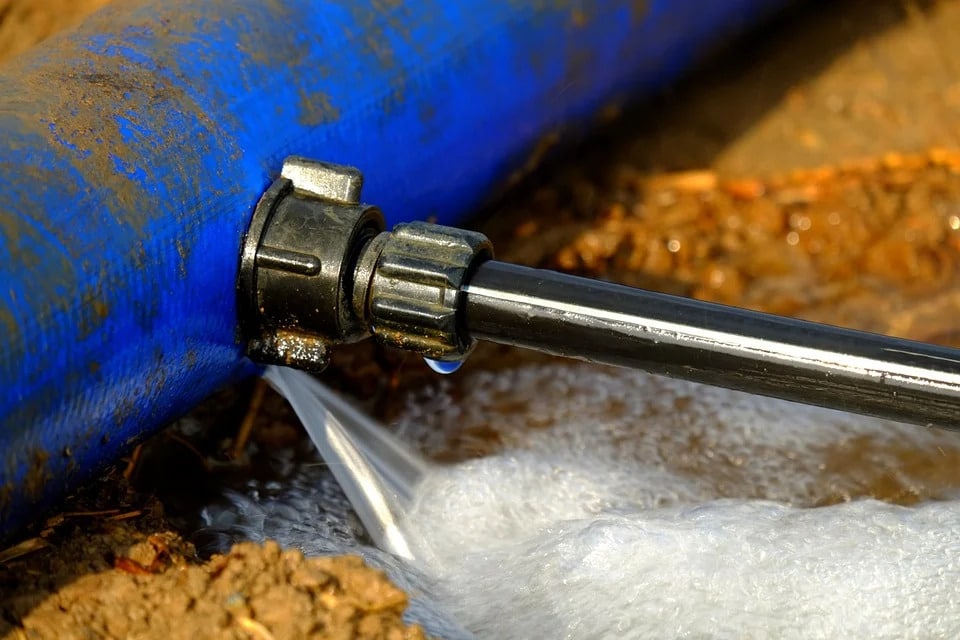Listed here in the next paragraph you will find a bunch of first-rate additional info related to What to Know Before Installing a Dishwasher.

A ruptured pipe is a significant emergency; you can just stand as you see water you pay dearly to rejoin with the planet. In worse situations, you see a pool on your kitchen area flooring, which is an excellent journey hazard, particularly if you have youngsters around. If the pipeline that ruptured was in your wall surfaces, bad news: you might require to repaint that whole area.
How can a catastrophe like a ruptured pipe be stopped and also managed? Well, by listening to your specialist emergency plumbers and following these guidelines.
Just how do I know when my pipes have ruptured?
Fluctuating water pressures
Pipelines do not simply burst in a day. You may have discovered that your kitchen area faucet or shower does not run promptly when you transform the faucet. It may stop briefly for a couple of seconds and then blast you with even more pressure than normal.
In various other circumstances, the water might seem typical initially, after that drop in pressure after a few secs.
Damp wall surfaces and water stains
Prior to a pipe bursts, it will leakage, the majority of times. If this relentless dripping goes unnoticed, the leak may graduate into a large wound in your pipeline. One easy way to avoid this emergency is to look out for wet walls advertisement water discolorations. These water discolorations will lead you right to the leak.
Puddles under pipelines and sinks
When a pipeline ruptureds, the outflow forms a pool. It may show up that the pool is growing in size, as well as regardless of the amount of times you mop the pool, in a couple of minutes, there's another one waiting to be cleaned. Typically, you might not have the ability to trace the puddle to any type of noticeable pipelines. This is an indicator to call a professional plumber.
Untraceable dripping noises
Pipeline ruptureds can take place in one of the most undesirable areas, like within concrete, inside wall surfaces, or under sinks. When your house goes quiet, you might have the ability to listen to an aggravatingly consistent leaking sound. Also after you have actually examined your shower head and also cooking area faucet, the leaking might continue.
Precious reader, the dripping might be originating from a pipeline inside your walls. There isn't much you can do about that, except inform a specialist plumber.
Shut down the Water
When water ices up, it broadens in volume by about 9 percent. And it increases with significant pressure: The stress inside pipes might go from 40 pounds per square inch to 40,000 psi! No pipe can hold that much pressure, so it breaks open. The break might take place where the ice kinds, yet regularly, it takes place where water stress discovers a vulnerable point in the pipe. That might be inches or perhaps feet from the frozen area. Locate the water shutoff valve and also switch off the water to stop even more damages. You may also need to shut off the electrical energy also, depending upon where the leaks takes place and also exactly how huge it is.
Contaminated water
Many people assume a ruptured pipeline is a one-way outlet. Quite the contrary. As water spurts of the hole or tear in your plumbing system, pollutants find their way in.
Your water might be polluted from the source, so if you can, check if your water container has any kind of issues. However, if your drinking water is provided and detoxified by the local government, you ought to call your plumber immediately if you see or scent anything amusing in your water.
What do I do when I find a ruptured pipe?
Your water meter will remain to run even while your water wastes. To minimize your losses, locate the main controls as well as turn the supply off. The water pipe are an above-ground framework at the edge of your residential or commercial property.
How to Fix & Detect a Leaking Pipe
How Do I Know if a Pipe is Leaking?
Leak detection tests can help you determine if your pipe has a leak. Even if you don’t see an apparent leak, you should still conduct leak detection tests regularly to save water and money—and prevent major damage to your home.
Water meter. It can be helpful to figure out what your usual water meter usage numbers are and then monitor them regularly. To monitor your meter, first, turn off all water faucets in your home. Check the meter and write down the numbers. In a few hours, check the meter again. If the numbers have changed, you have a leak. Water gauge. Use a water gauge to test your water pressure. Your showerhead should produce a certain amount of water pressure based on its model and design. If the pressure is lower than it is supposed to be for that specific showerhead, your home likely has a leak. Puddles. Look inside your bathroom, laundry, and kitchen sink cabinets. Puddles around the cabinets or around toilets, tubs, showers, and washing machines indicate the presence of a leaking pipe. You may also notice loose tiles, peeling or flaking paint, or mold caused by water accumulation. Napkin test. Even if you don’t see any puddles, you may still have a leak. You can test for water leaks in the bathroom, laundry, and kitchen by wiping below-sink connections with a napkin, paper towel, or piece of toilet paper. If it becomes damp, you probably have a leaking pipe under the sink. Discolored walls. Walls that are discolored—usually with brown or yellow stains—or bulging might mean that they have been impacted by water damage caused by a leaking pipe. Smell. A leaky pipe will create sitting water, and over time, that water may develop a musty smell. If your home smells musty, but you can’t locate the source, it may be due to a leak. Steps for Fixing a Leaking Pipe
A leaky drain can be remedied by tightening the pipe base, replacing the drain seal, caulking the rim, and tightening the pipe nut. Similarly, a leaking toilet pipe can be treated by tightening the packing nut. You may also need to replace the valve. A leaky faucet may just need tightening or replacement of the washers. If that doesn’t work, consider replacing your faucet. If your pipe has a hole in it, you may want to use a pipe leak sealer or pipe leak tape. This quick fix for water pipe leaks can also temporarily fix a copper pipe leak. https://www.ahs.com/home-matters/quick-tips/how-to-tell-if-pipes-are-leaking/

I am just very interested in What to Know Before Installing a Dishwasher and I'm hoping you appreciated the entire entry. Feel free to set aside a second to share this blog posting if you appreciated it. I treasure reading our article about How to install a dishwasher safely.
View More